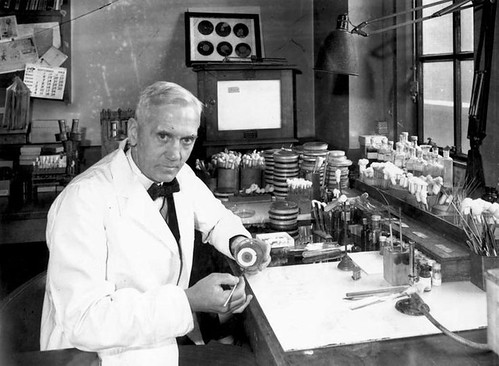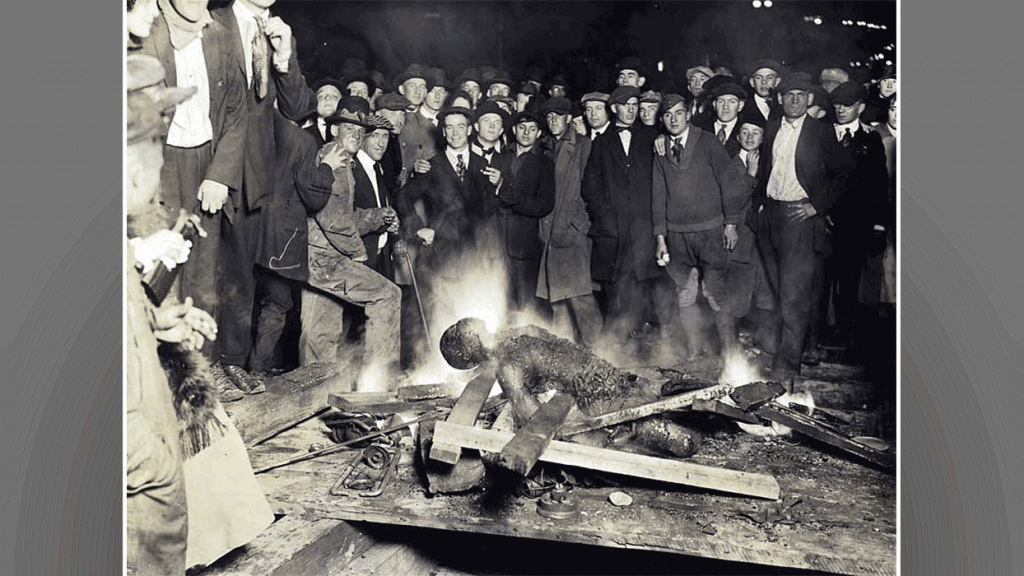The cruise ferry MS Estonia sinks in the Baltic Sea, killing 852 people
The MS Estonia was a cruise ferry that tragically sank in the Baltic Sea on the night of September 28-29, 1994, resulting in one of the worst maritime disasters in European history. The incident claimed the lives of 852 people, making it one of the deadliest peacetime shipwrecks in the 20th century.
The Vessel: MS Estonia was a passenger and car ferry operated by the Estonian shipping company Estline. It was built in 1979 and was primarily used for transporting passengers and vehicles between Tallinn, the capital of Estonia, and Stockholm, Sweden. The ship was considered to be modern and relatively safe.
The Journey: On the evening of September 27, 1994, MS Estonia departed from Tallinn on a routine overnight voyage to Stockholm, carrying approximately 989 passengers and crew members. Most of the passengers were Swedish and Estonian nationals.
Severe Weather: The Baltic Sea is known for its challenging weather conditions, and on the night of the disaster, the region was experiencing a severe storm with high winds and rough seas. The adverse weather made sailing conditions difficult.
Sinking: At around 1:00 AM on September 28, MS Estonia encountered problems. The ship was hit by heavy waves and began listing to one side. Within minutes, it had sunk beneath the waves. Distress signals were sent, and rescue operations were initiated.
Rescue Efforts: Despite the adverse weather conditions, a significant rescue operation was launched by the Swedish and Finnish authorities. Helicopters and boats were dispatched to the scene. Many passengers were forced to jump into the cold and turbulent waters, where hypothermia became a serious concern.
Casualties: Tragically, the majority of those on board MS Estonia did not survive. Of the 989 people on board, 137 were rescued, but 852 perished, including passengers and crew members. Most of the survivors were found clinging to life rafts or debris in the frigid waters.
Investigation: A joint Swedish-Finnish-Estonian investigation was launched to determine the causes of the disaster. It was ultimately concluded that the sinking was primarily caused by the failure of the bow visor, a large door-like structure at the front of the ship, which allowed water to enter the vehicle deck during the storm. This caused the ship to lose stability and capsize.
Aftermath: The MS Estonia disaster prompted significant changes in maritime safety regulations, particularly related to the design and operation of ro-ro (roll-on/roll-off) passenger ferries. The tragedy also led to a major salvage operation to recover the wreck from the sea floor.



